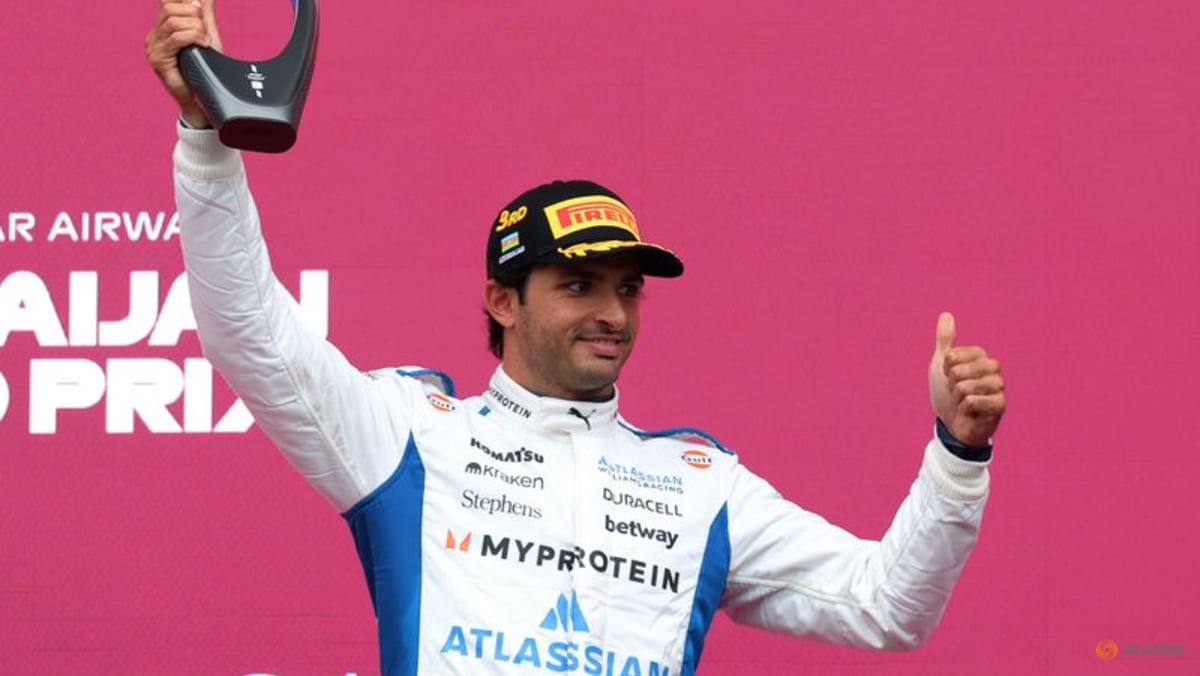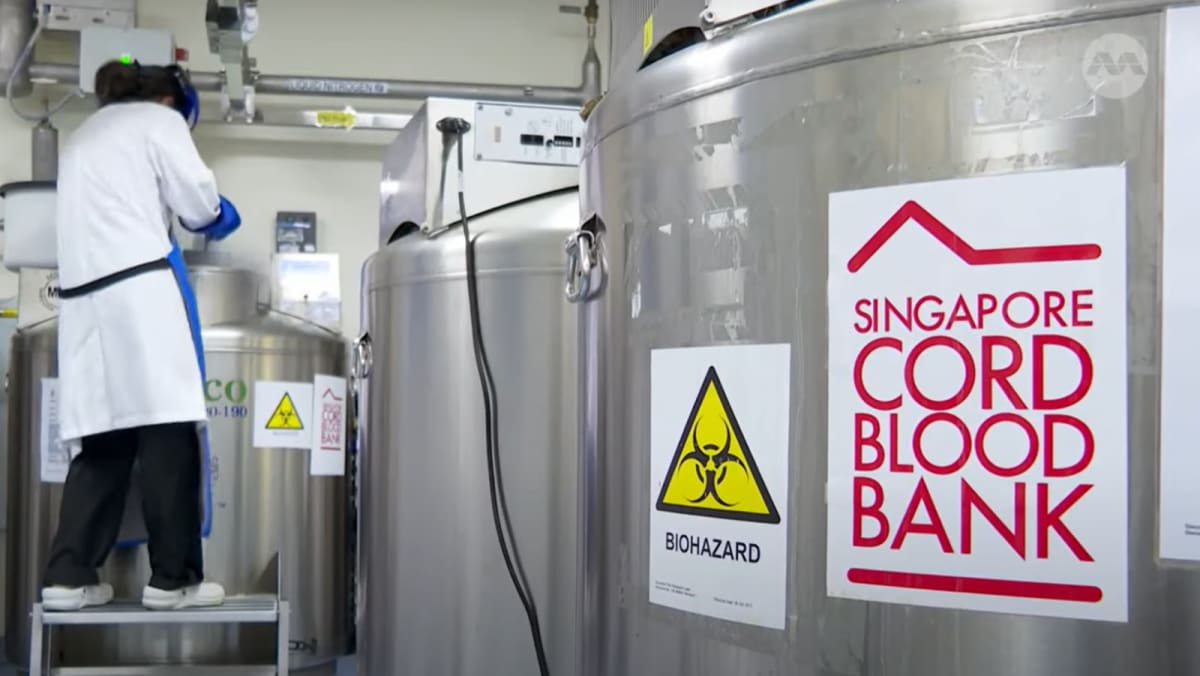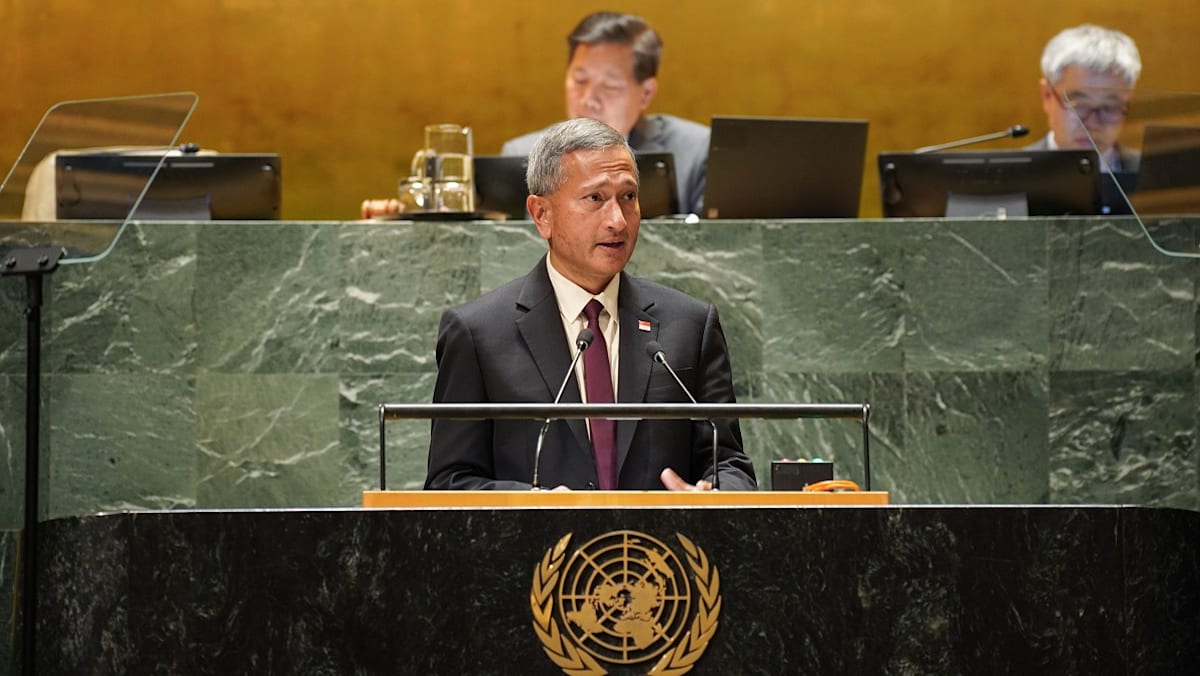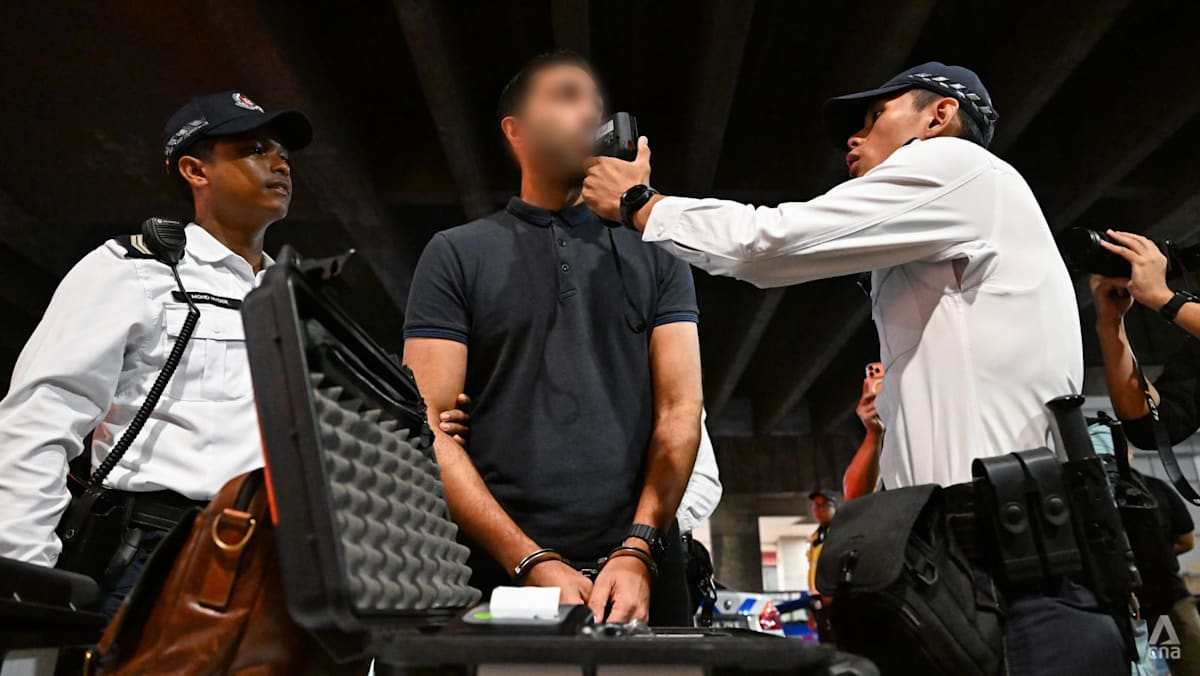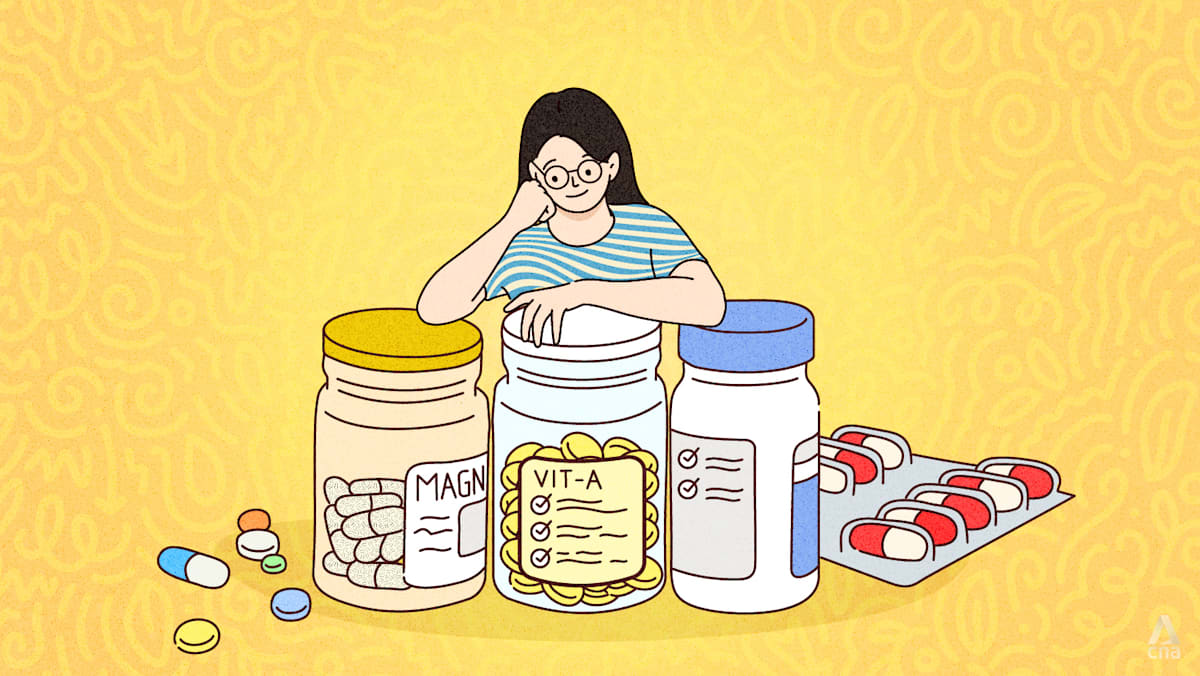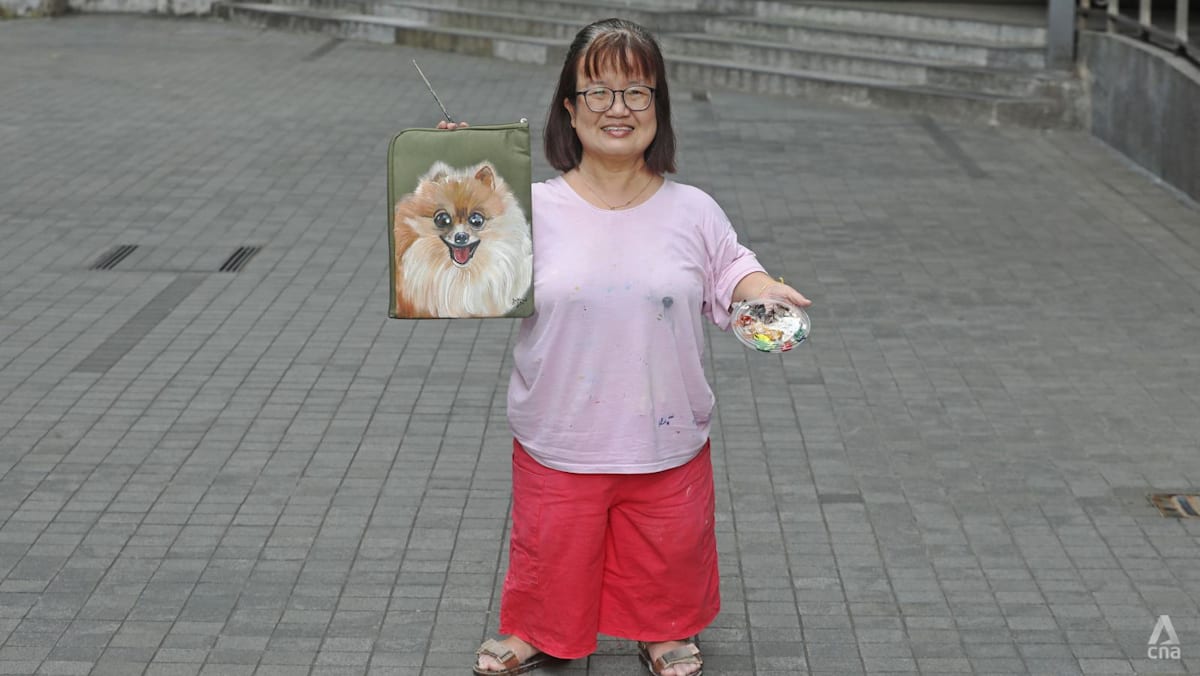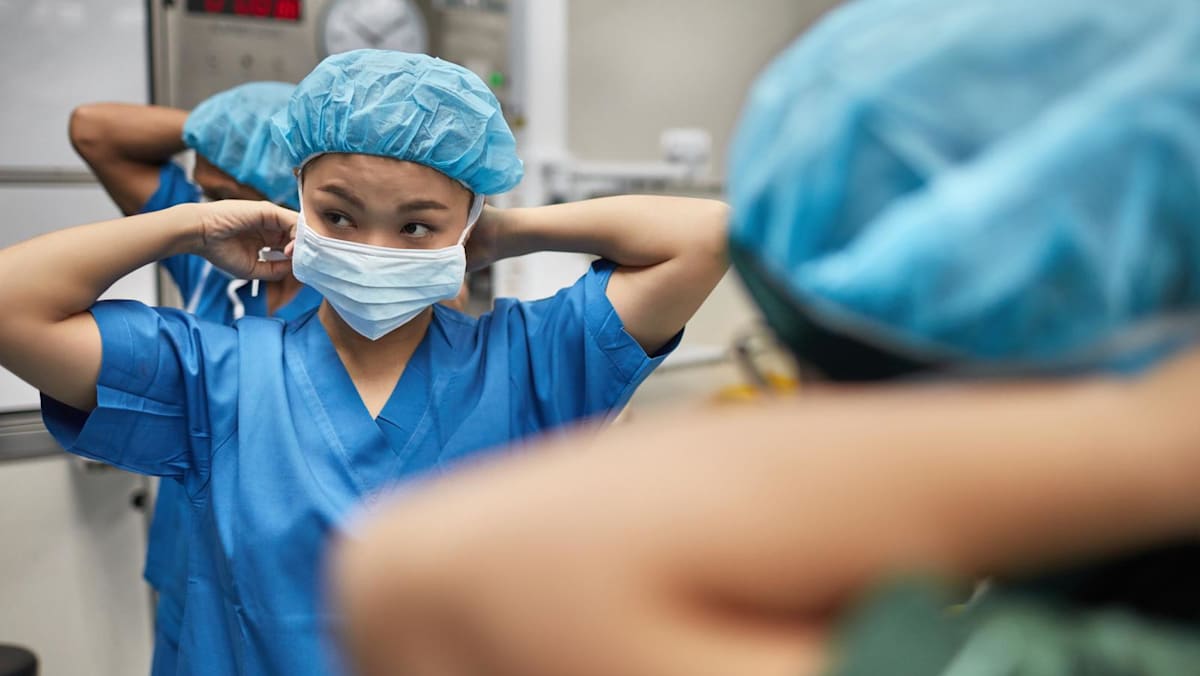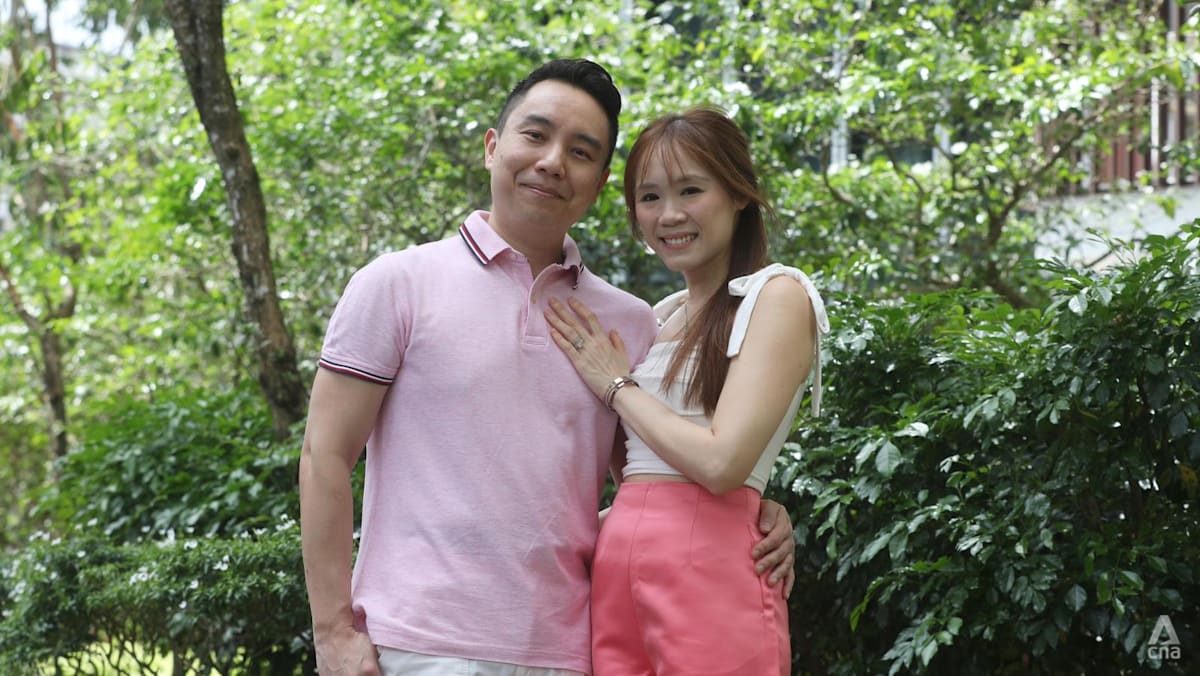Donation levels also increased by 14 per cent following the incident, but that has not been enough, noted Assoc Prof Ho.
“We, despite having 15,000 units in our inventory, often find ourselves having to actually import cord blood from other global cord blood banks, because we’re not able to find a suitable match within SCBB. So, we do need to increase the pool of donors,” he said.
“We know that we have a fairly unique population mix in Singapore, and we would like to try and encourage potential parents, especially from the ethnic minorities, to sign up as public donors because of the unique gene pool in that population.”
He explained that people are more likely to find a suitable match within their own ethnic group due to genetic similarities, so a wider donor pool ensures better chances of finding a match for patients of all backgrounds.
Assoc Prof Ho pointed out that misconceptions remain about public cord blood banking, such as that it is not always successful.
Nevertheless, he acknowledged this is “probably partially true” as only about 20 to 25 per cent of donated units end up being banked for use for transplants.
The remaining units do not meet the standard of quality. But with the donors’ consent, they can be used for other purposes like research studies, added Assoc Prof Ho, who is also a senior consultant at the SingHealth Duke-NUS Transplant Centre.
